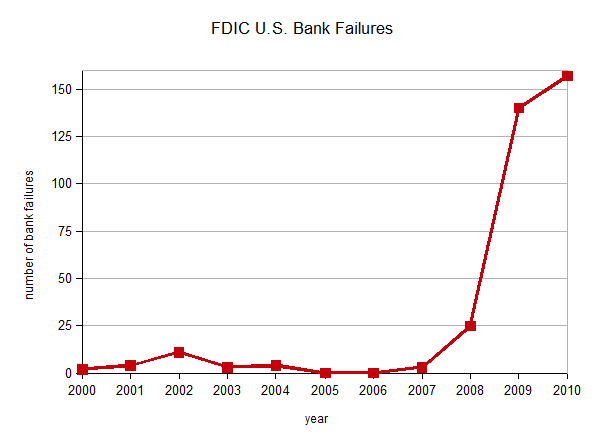After many months of trying to wring something out of NVIDIA, I have finally obtained a Tegra 2-based device. It is in the form of the ViewSonic G Tablet, a 10″ Android 2.2 (Froyo) based slate computer. We bought it from Sears, of all places. Oddly enough, Sears has one of the largest selections of tablet devices you can find.
Despite its complete lack of refinement, this thing is awesome, but only if you don’t mind wiping out the stock ROM. The G Tablet’s shipping GUI looks like it was designed for toothless nursing home residents with computer-phobia and a lot more patience than I possess. Obviously, ViewSonic wanted the device to be embraced by mainstream consumers so they dumbed-down the Android 2.2 interface with a sluggish, buggy and artificially limited mess of an overlay. To make matters worse, the Android Market is nowhere to be found.
ViewSonic really shot themselves in the foot with the G Tablet. They were first to the U.S. market with a dual-core Tegra 2-based device. All they had to do was slap on a standard Froyo installation with a full Android Market and the device would have been a runaway hit for them this Christmas season. But nooooooooooo! ViewSonic had to get all greedy with visions of iPad’s success with mainstream buyers. The resulting, lousy Tap ‘n Tap interface is like pouring a pound of aspartame over a steak dinner. Sprinkled with bugs, the unsavory kind.
Fortunately, if you are a computer geek then it is not too difficult to flash the G Tablet’s firmware with a proper Android environment. It’s also a fairly safe process since someone at ViewSonic had the foresight to make the device relatively brick-proof. I’ve been using TnT Lite 3.0, but there are other options as well. Yes, there will be headaches along the way, but geeks like me enjoy hacking a new device.
And, frankly, I have not been this excited about a new genre of computing device in many years. The promise of the iPad was immediately evident to me when we bought one last spring. However, a properly prepared G Tablet runs circles around the iPad. Android-based tablets are going to dominate the marketplace by this time next year.
Of course, we bought the device for our business to benchmark and analyze. Tegra-2 appears to be even faster than I anticipated. The G Tablet finished under 2.5 seconds on SunSpider using Firefox Mobile 4.0 beta 2. When I wrote my ARM versus x86 treatise last spring, the 800MHz Cortex-A8 took over 14 seconds on SunSpider while the 1GHz Intel Atom needed over 8 seconds, about as fast a my updated iPad takes today. Note, however, that Firefox’s JavaScript performance has improved enormously over that time. On the other hand, remember that JavaScript is still single-threaded, so half of the Tegra-2’s performance is left untapped on SunSpider.
There’s been weeping, moaning and gnashing of teeth over the quality of the G Tablet’s display. Truth be told, those people are crybabies. Yes, it’s not as good as the IPS screens on the iPad or the B&N NOOKcolor, but it’s not awful either (its biggest problem is blinding glare, not its relatively limited viewing angles compared to IPS displays). However, I was expecting more from ViewSonic, a company best known for its outstanding history as a computer monitor vendor. But given the general unrefinement of the device, I was not too surprised. I mean, one look at the dingy, off white G Tablet box shows that the challenges of marketing a tablet computer are currently beyond ViewSonic. I had to take out a ViewSonic monitor box to confirm my suspicion that apparently the monitor and tablet marketing folks at ViewSonic apparently never speak to one another.
Anyhow, it’s not too late for ViewSonic. They need to ditch tepid Tap ‘n Tap for a real, full Android experience, enable a complete Android Market, push device driver updates to the tablet and recognize the G Tablet for what it is: a Grade A geek toy. In fact, it appears that ViewSonic decided to take a step in this direction today by promising to push out a new firmware edition before Christmas that will not only improve Tap ‘n Tap, but will also give the user the option to boot into a stock Android interface.
Penetrating the mainstream marketplace will require hardware tweaking like adding an IPS screen, improving the lame webcam, rubberizing the case and bezel, adding mechanical Android buttons and dramatically rethinking the case ink and finish. If they want a nearly perfect tablet, ViewSonic can add a digital compass, GPS and rear-facing camera.
We’ll be testing the ViewSonic G Tablet and writing benchmarks specifically for this purpose. Hopefully, we’ll have results to report soon.

